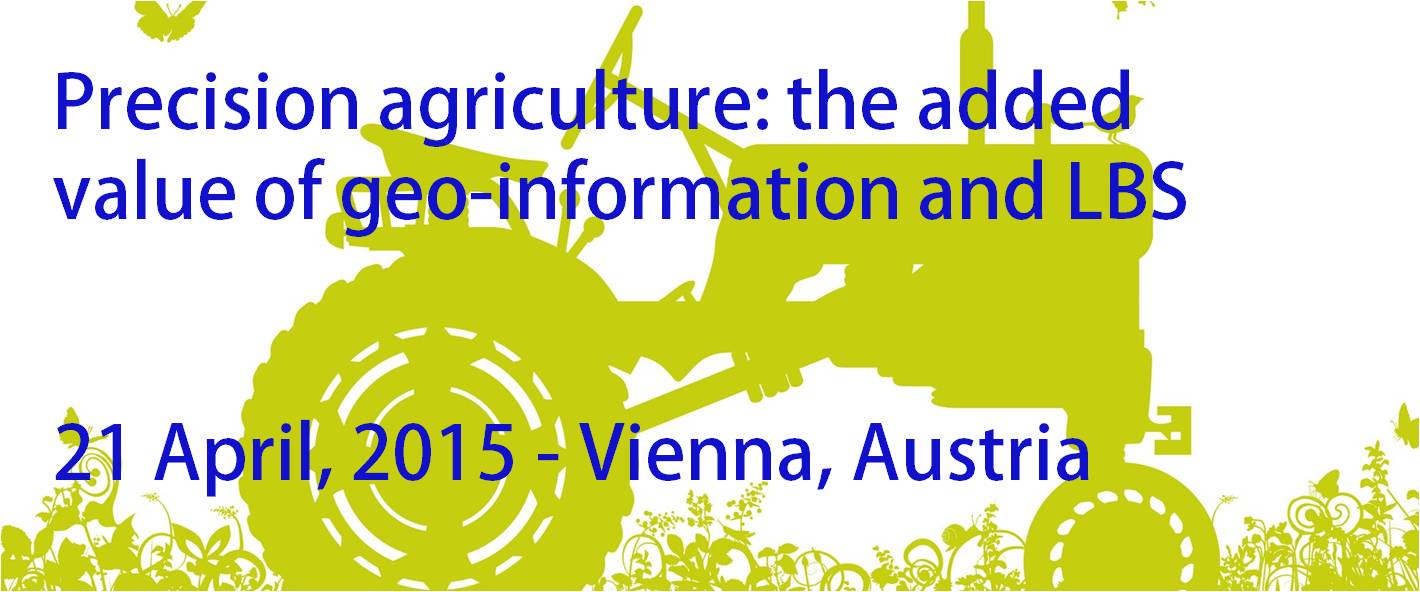This workshop brought together academia, data and service providers and farmers for an extensive overview on the latest technologies for precision agriculture.
Participants concluded that precision agriculture today can no longer ignore remote sensing data any more than it does weather data. Opinions were divided on the usefulness of UAVs (to be used for wedding photos, some argued) but they are here to stay. Farmers experiment with “intelligent tractors” that sometimes require no more than an off-the-shelf video camera, as one of the speakers showed. Tractors, and farming equipment in general, come better and better equipped to work autonomously, relying on EGNOS and GPS. All these technologies make up the new “farmer’s house” – to use the metaphor that framed our discussions on the day.
Not all these technologies are fully operational, but this makes them all the more an opportunity for innovation. Beyond the technology, closer cooperation between data providers, machine makers and farmers is necessary to integrate all these technologies into easy-to-use tools for farmers.
Today many initiatives to create (open) data sharing platforms exist. New tools should rely on what is already there as much as possible. For instance, ZAMG the Central Institute for Meteorology and Geodynamics already provides farmers with crop risk information thanks to a partnership with farming insurance companies. It is conceivable that such a platform could integrate various other sources of information. Such platforms have at least the merit of being a tool that is already used by farmers, so familiar to them.
Universities who work such solutions, such as BOKU, have a role in technology transfer, but also in acting as a broker and a federator of the stakeholders of the “new farmer’s house”. Some suggested that big farming companies should already be involved, but others argued that technology in use needs to reach a critical mass first.
Here you can download the PowerPoint presentations from the event and watch them on YouTube.

